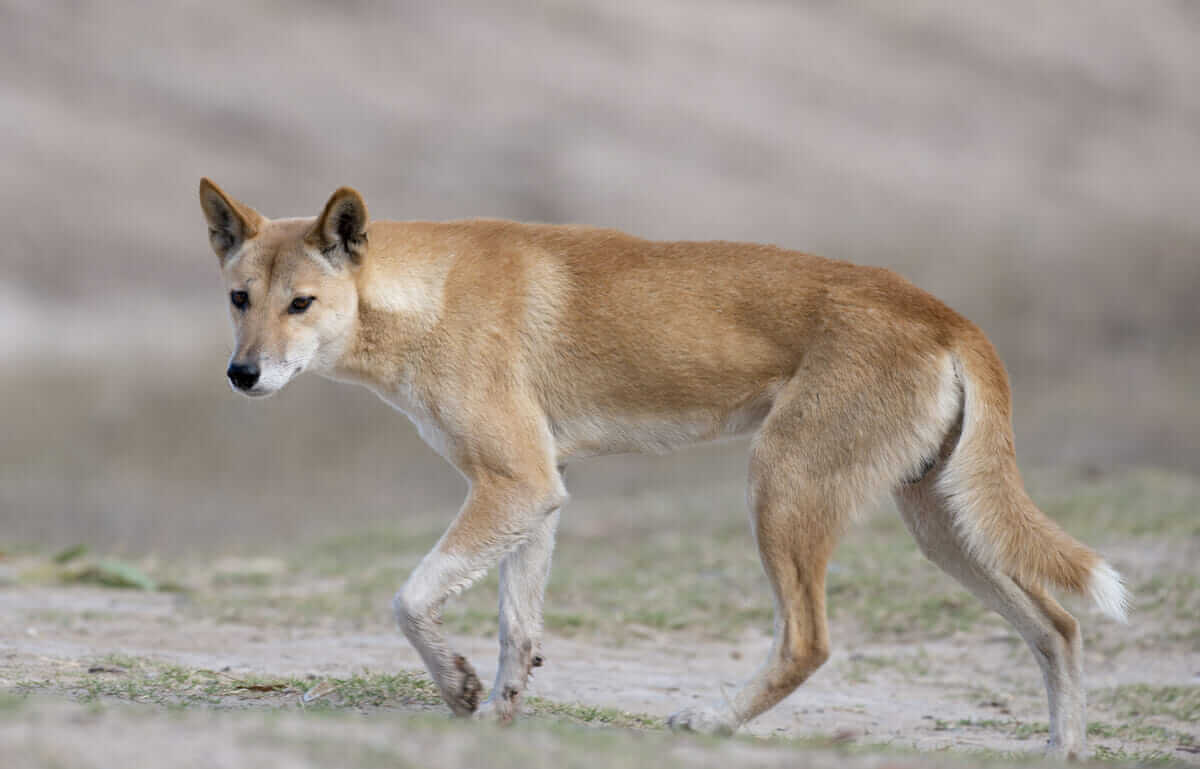

Predation and harassment of stock by wild dogs causes millions of dollars worth of losses to Australian sheep, cattle and goat producers each year. They are widely distributed throughout Australia. Our modelling focused on the use of baiting, trapping and shooting however, we acknowledge that additional tools may also be applied. Australia’s wild dogs include dingoes, introduced around 4000 years ago, feral domestic dogs and hybrids between the two. These resilient herders are intelligent enough to. It hunts a wide range of small animals, including rabbits, kangaroos, rats and birds. The compact but muscular Australian Cattle Dog, also called Blue Heeler or Queensland Heeler, is related to Australia’s famous wild dog, the Dingo. This distinctive, sandy-gold-colored canid is the largest predator in Australia.
#AUSTRALIAN WILD DOGS PLUS#
This objective is only achieved when control is applied to the whole area where wild dogs are currently present within the fence plus an additional buffer of ∼20 km. The Dingo is an Australian wild dog found in grasslands and deserts across much of Australia. This study identifies the requirement for addressing extant populations of predators within fenced areas to meet the objective of preventing wild dog expansion.

Only when a combination of control techniques is applied on a large scale, intensively and continuously are wild dog numbers effectively controlled. Since European settlement domestic dogs have been released or escaped into the environment to cross with dingoes.

The model results indicate that populations of wild dogs on both sides of the State Barrier Fence are self-sustaining and current control practices are not sufficient to effectively reduce their abundance in the agricultural region. We conducted a management strategy evaluation (MSE) based on spatially-explicit population models to forecast the effects of upgrades to the Western Australian State Barrier Fence and several control scenarios varying in intensity and spatial extent on wild dog populations in southwest Western Australia. In Western Australia, the State Barrier Fence encompasses approximately 260,000 km 2 of predominantly agricultural land, but its effectiveness in preventing wild dogs from entering the agricultural region is difficult to evaluate. Landscape-scale exclusion fencing coupled with lethal techniques is a widely practiced control method. In Australia, wild dogs ( Canis lupus familiaris, Canis lupus dingo, and hybrids) cause economic losses of more than AUD$40 M annually. These include continuous baiting, trapping, organised culling, hunting, wild dog. Large predators can significantly impact livestock industries. Many threats exist for the conservation of the pure dingo in Australia.


 0 kommentar(er)
0 kommentar(er)
